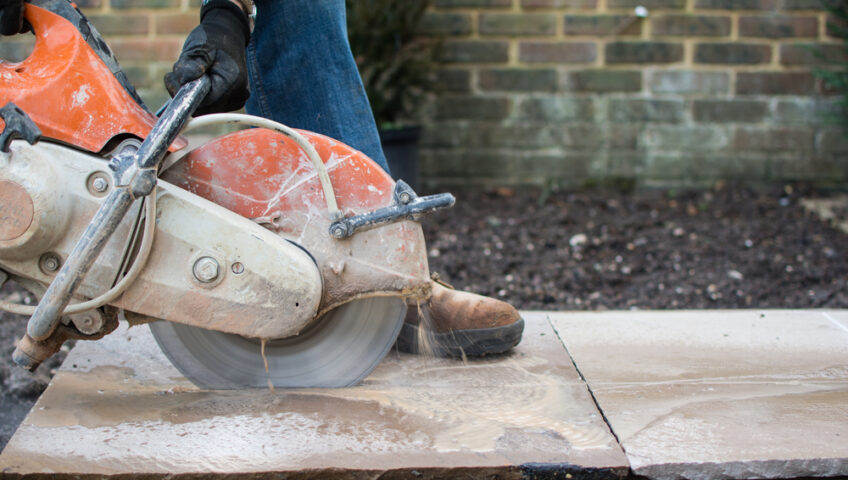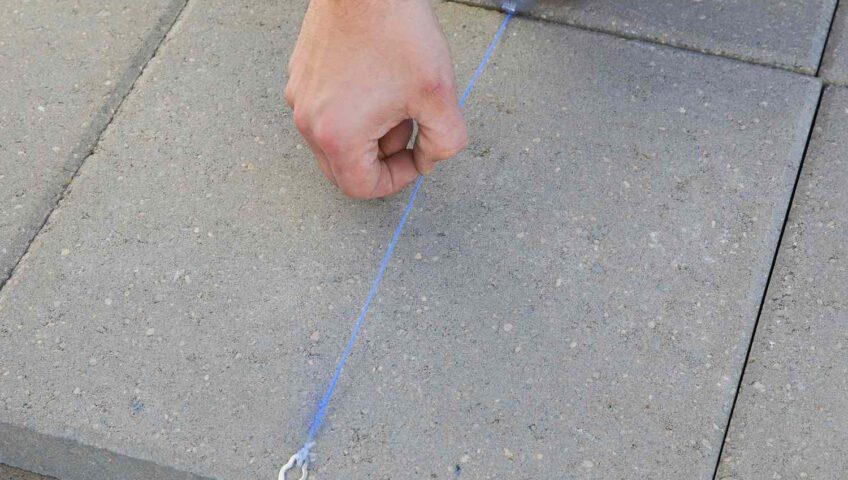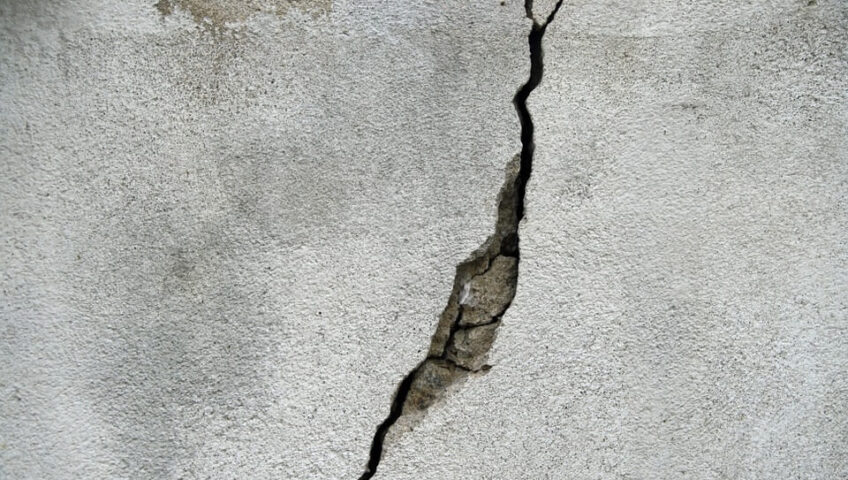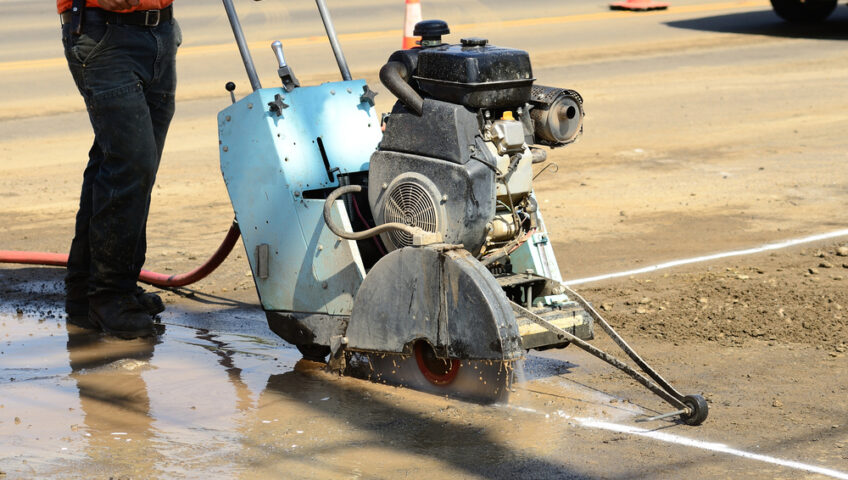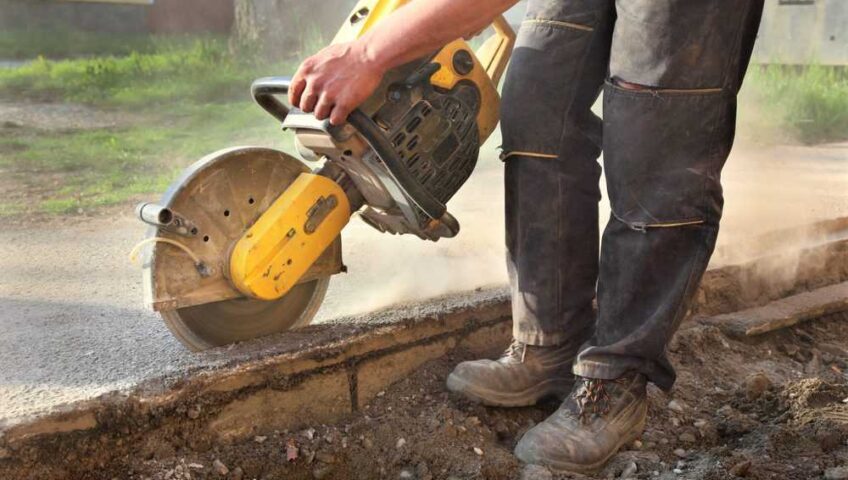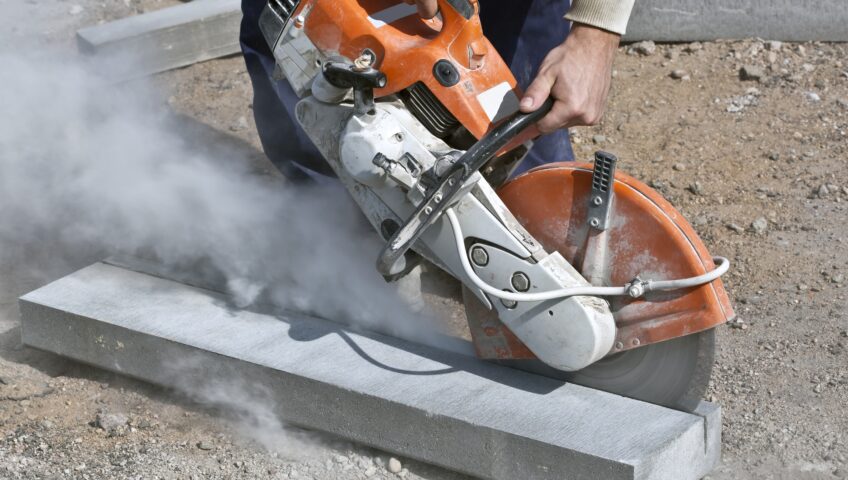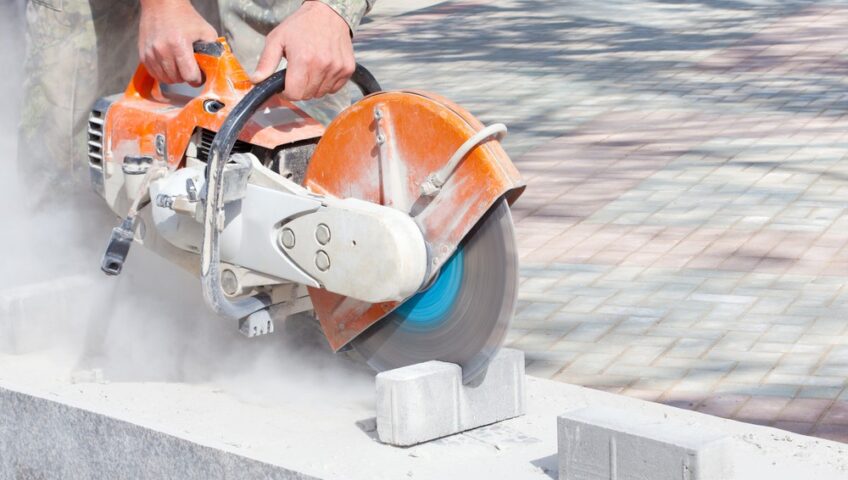Understanding the Risks: Major Hazards When Cutting Concrete
Working with concrete, especially during cutting operations, comes with a number of inherent risks. Understanding these risks is key to maintaining a safe workspace and preventing accidents or health issues. This article will explore the major hazards associated with cutting concrete and provide tips on how to mitigate these risks.
1. Silica Dust
One of the most significant hazards when cutting concrete is the production of respirable crystalline silica dust. Silica is a natural substance found in concrete and many other types of rocks and sands. When concrete is cut, ground, or drilled, tiny particles of silica dust are released into the air.
Breathing in this dust can cause a range of health problems, including silicosis, a serious lung disease, as well as chronic obstructive pulmonary disease (COPD), lung cancer, kidney disease, and other conditions. In addition, silica dust can irritate the eyes and skin and can cause or exacerbate asthma.
2. Noise and Vibration
Concrete cutting can be a noisy process, and prolonged exposure to high noise levels can lead to hearing loss. The vibrations caused by cutting equipment can also be harmful. Regular or prolonged exposure to these vibrations can lead to hand-arm vibration syndrome (HAVS), a condition that affects the blood vessels, nerves, and joints of the hand, wrist, and arm.
3. Flying Debris
When cutting concrete, small chips or fragments can be projected at high speed, posing a risk to the eyes and face. These can cause serious injuries if appropriate safety measures are not taken.
4. Blade Kickback
Blade kickback is a sudden reaction to a pinched or bound blade. This can happen when the blade of the cutting tool becomes pinched in the cut, causing the tool to kickback towards the operator. This can cause serious injuries, including cuts and lacerations.
Mitigating the Risks
While these hazards are significant, there are measures that can be taken to mitigate the risks:
1. Dust Control
To control the spread of silica dust, use tools equipped with dust collection systems or use wet cutting methods to suppress dust. Wearing a respirator rated for silica dust is also important, especially when dry cutting or in enclosed spaces.
2. Noise and Vibration Reduction
Use ear protection to guard against noise-induced hearing loss. Choose tools with vibration-damping features, and take regular breaks to minimize exposure to vibrations.
3. Personal Protective Equipment
Always wear the appropriate personal protective equipment, including safety glasses or a face shield to protect against flying debris, and sturdy gloves to protect against cuts and vibration.
4. Proper Tool Use
Always ensure that you’re using the tool correctly and as per the manufacturer’s instructions. Never force the blade into the material, and always ensure the blade is rotating at full speed before starting the cut to minimize the risk of kickback.
In conclusion, cutting concrete does present a range of hazards, including silica dust, noise and vibration, flying debris, and blade kickback. However, by understanding these risks and taking appropriate precautions, including using the right equipment and following safe work practices, it’s possible to minimize these hazards and work safely with concrete.

